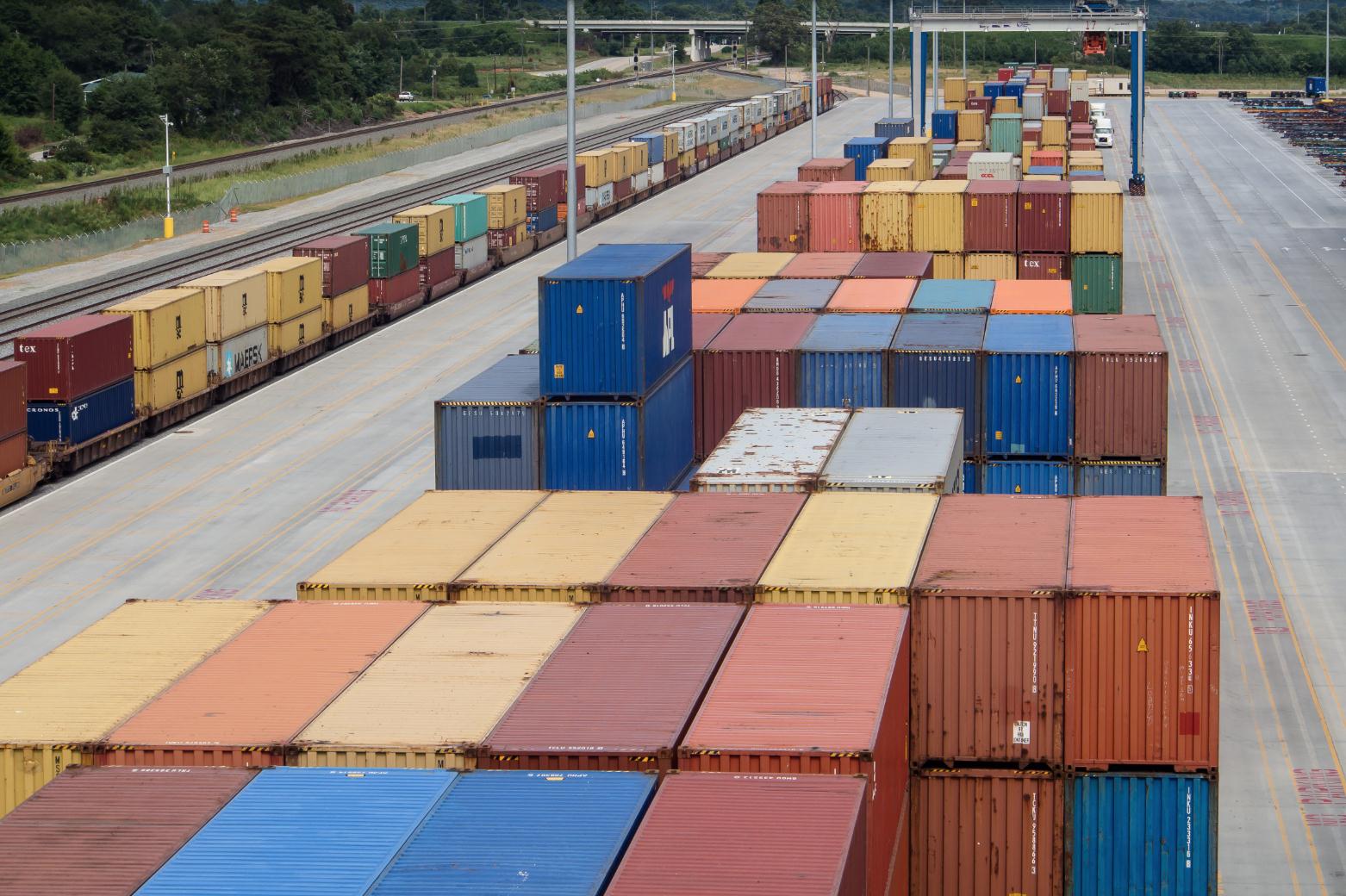Communities all over the US are on the hunt for sea freight containers, regardless of their proximity to marine ports. Thousands of miles from any shoreline, the city council of Des Moines, Iowa, is currently looking for an operator of a proposed inland port on a 12-acre site.
Earlier this year, the Utah State Legislature established an inland port authority and designated an area for the proposed operation. This includes a large tract of land near Salt Lake City International Airport. According to the newly minted authority, this venture will consolidate Utah’s role as a crossroads and centre for commerce in the western US.
According to a recent report, inland ports are mushrooming all over the country. They are driven by congestion at seaports and roads serving them, soaring e-commerce traffic and improvements in the nation’s multimodal freight system. For their part, municipal and state authorities increasingly view such facilities as drivers of economic growth and job creation.
Shippers and consignees see benefits in funnelling their cargo through inland ports. Automaker BMW uses the Greer Inland Port in South Carolina as an external depot for its car factory in the state. It stores containers at the inland port for just-in-time delivery. Usually containers get to the factory within 45 minutes of placing an order.
The Greer facility, which was opened in October 2013, has operated at capacity for over a year. Its throughput has doubled over the past two years. Now the operator has purchased an adjacent 30-acre site for expansion and is looking to double capacity. The South Carolina Ports Authority has signalled it intends to invest US$5.3 million in the upgrade.

In April the South Carolina Ports Authority opened another inland port in Dillon, its second such facility in the state. The CSX rail link from Dillon to the port of Charleston is expected to shift some 45,000 containers from truck to rail in the first year of the new inland port’s operation.
“Inland ports provide needed infrastructure in the interior of the state to support the movement of freight to and from our marine terminals,” said Jim Newsom, president and CEO of the port authority. “The addition of Inland Port Dillon to the port’s network diversifies our reach and enables port users to gain logistics efficiencies through rail transportation of their cargo.”
The Georgia Ports Authority (GPA) also felt a need to boost its links to the interior. In August it opened the Appalachian Regional Port, an intermodal facility designed to handle 100,000 containers in a year. The venue is linked by CSX to the Port of Savannah 388 miles away.
The state of Georgia has seen rapid growth in cargo traffic, much of it driven by the port of Savannah, which has benefited from the expansion of the Panama Canal, which brought a growing number of container vessels serving Asia to its docks.
The GPA estimates that the new inland port will remove some 50,000 trucks off local highways in a year. Besides providing relief to the road network and offering better service to areas of Georgia further inland, the new inland port also enables the port to extend its reach by offering better connectivity to customers in the states of Alabama, Tennessee and Kentucky. Griff Lynch, executive director of the GPA, stated that the facility will allow the port to capture new rail cargo across the US Southeast and into the Midwest.
The Appalachian facility is the second inland port in the state of Georgia, complementing an existing one for the central region of the state at Cordele. According to one industry source, the GPA is thinking of opening another inland port in the state.
Chances are there will be more coming on stream, unless trade flows suffer a drastic reverse.
By Ian Putzger
Correspondent | Toronto



